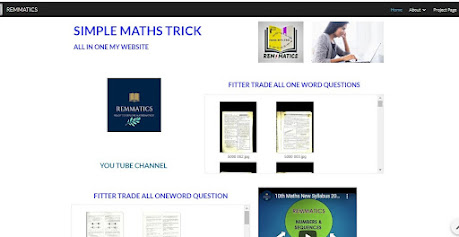Chapter 2
SHORT CUTS IN MULTIPLICATION
Multiplication is itself a short-cut process. For example, a problem in repeated addition,
3 + 3 + 3 + 3 + 3 + 3 + 3 = 21
is quickly recognized as nothing more than
7 x 3 = 21
This shorthand notation led us directly to the answer, eliminating the necessity of six additions along the way.
For most of us, the multiplication table, drummed into our minds early in our mathematical training, provided the reference source for obtaining the answer. But, happily, proficiency in multiplication does not depend on memorizing tables. The short-cut methods described in this section employ addition, subtraction, division, and, of course, elementary multiplication. But if you can add two numbers quickly and halve or double a number with ease, you should have no trouble at all.
THE DIGITS
The basic calculating unit is the digit. When two numbers are multiplied, every combination of their individual digits is multiplied, and by correctly adding the results( with proper regard to their position ) the product of the two numbers is obtained.
Consider the following example:
432 x 678 =--------
The nine possible combinations of digits of the two numbers are
4 x 6 : 3 x 6 : 2 x 6 :
4 x 7 : 3 x 7 : 2 x 7 :
4 x 8 : 3 x 8 : 2 x 8 :
By arranging the products according to number position, we can obtain the product desired.
24 18 12 2,712
28 21 14 2,034
32 24 16 1,356
----------- ---------- ----------- -----------
2,712 2,034 1,356 292,896
432 x 678 = 292,896 Ans
Thus, by memorizing only the mutiplication tables for al1 digits from 1 to 9 we are able to multiply one number by another, regardless of how many digits each of them contains.
But memorizing the eighty-one products in the multiplication table is not
essential for multiplying by the digits. The methods for multiplying by the digits described in this section involve only addition, subtraction, and doubling or halving.
The rules are given in detail intentionally. For some digits, the rule may appear unusually long. This is only because the presentation must consider all exigencies.
Don't be discouraged by what seems like a complicated way of multiplying a simple digit. After the second or third reading of the rule a pattern will emerge and the process will become a mere routine. A rule for multiplication by 1 has been omitted, since theproduct obtained by multiplying any number by 1 is the original number.




No comments:
Post a Comment